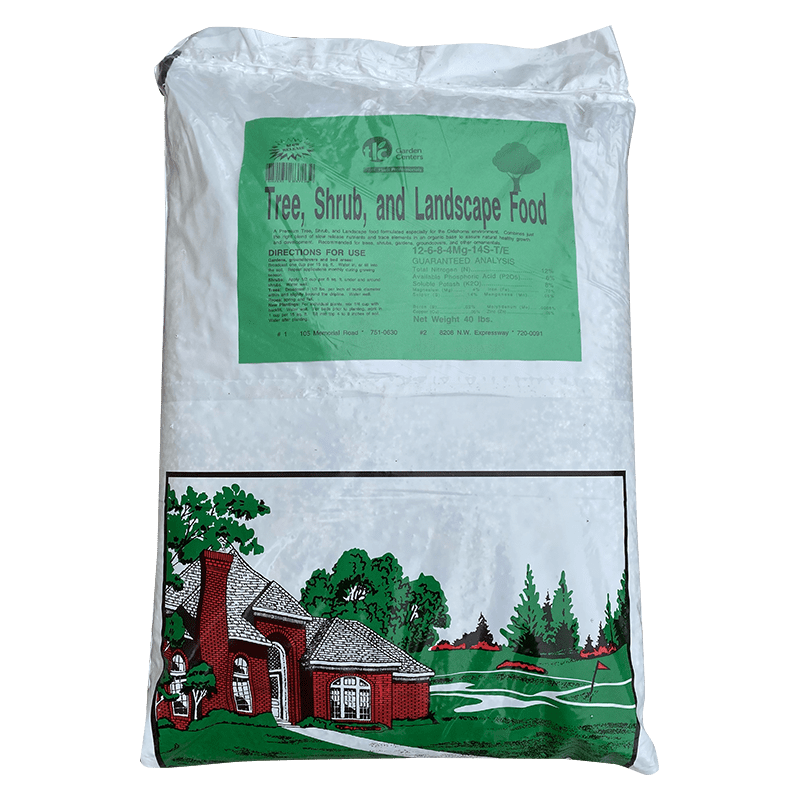Save your Frostbitten Cedars
Severe winter weather and below-freezing temperatures can sometimes damage cedar trees, including Blue Atlas, Deodar and Lebanon. Damage appears as dead needles on the outer edges or dead needles intermixed with live green needles. This freeze damage symptoms may not be evident until several months later, when temperatures warm and growth initiates. All evergreens drop some of their foliage every year, usually in the fall or spring, so some dead needles are visible on a cedar every year.

The best recommendation for winter is to fertilize with TLC Tree, Shrub, and Landscape Food in mid-March.
Apply Miracle-Gro Plant Food to the foliage every 7-10 days in April and May. This fertilizer combination will provide both quick and long-term results. If dead needles are not apparent, but the cedars have dull colors, apply Ironite.
Freeze-damaged plants should be given until June for new growth to appear before deciding to remove or prune. When June arrives, determine which stems are dead by scratching the stem to determine if green tissue exists. Remove or cutback stems to healthy stems containing green tissue. Follow the natural shape of the tree. Cedars tend to grow in an uneven, sloppy pyramidal shape. Leave the lowest branches the longest, gradually shortening the length of branches as you move toward the top of the tree.
Look closely and carefully before removing large branches. Mature trees can withstand entire branches being cut back to the trunk if this will provide the shape you want. However, this could leave a large gap that takes years to fill in. If 30% or more of the top of the plant is dead, it is usually best to completely remove the plant. Otherwise, cut out the dead branches and prune to reshape.
Be patient. Freeze damage is a common occurrence for cedar trees, and they usually recover nicely with proper care. Please bring a photo or sample of your damaged cedar trees to TLC Garden Centers for further diagnosis and treatment instructions.